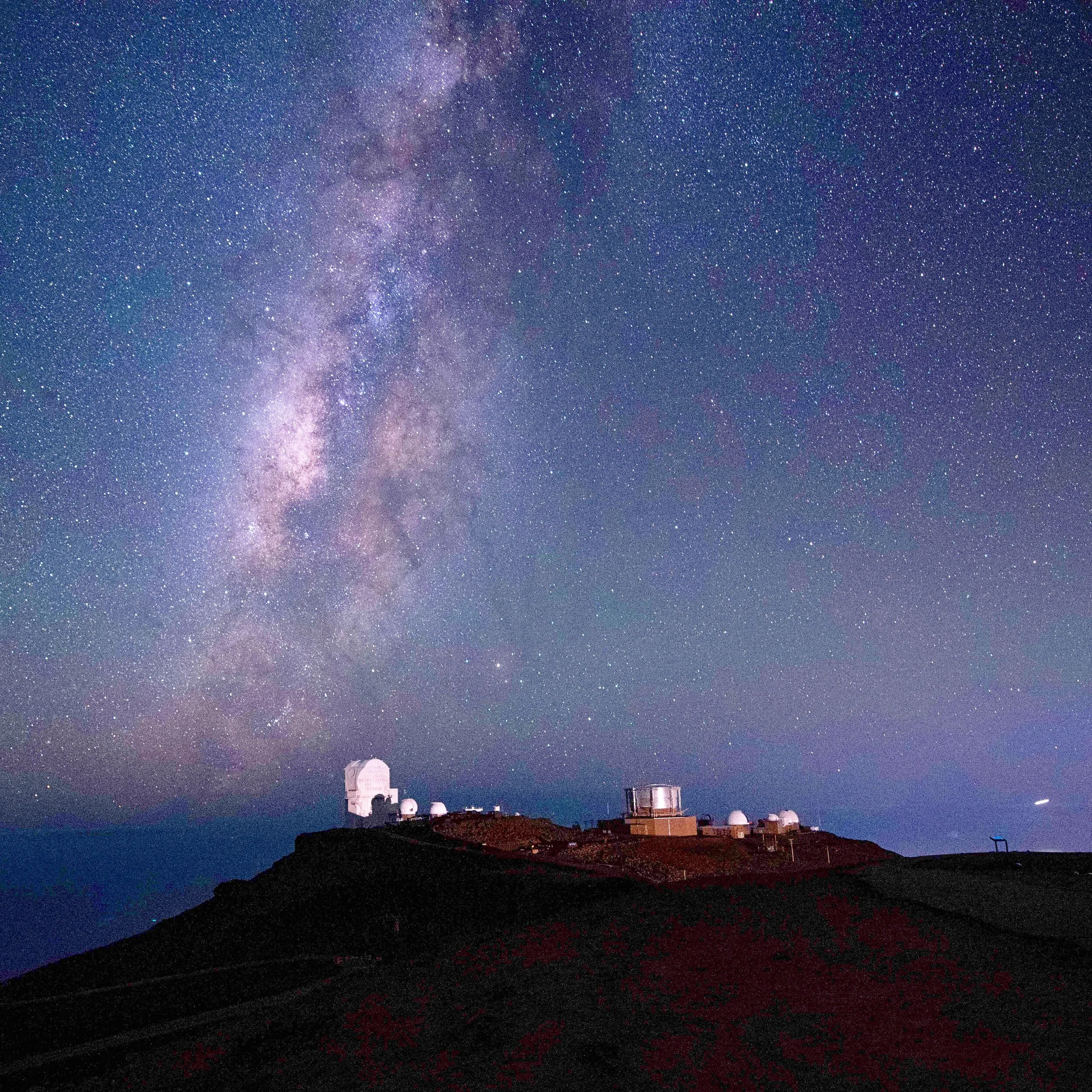Maui: An Astrophotographer’s Dreamscape
From the 10,023 ft summit of Haleakalā to the historic shores of La Perouse, Maui is one of the best dark sky destinations on the planet. No doubt, in terms of astrophotography, it doesn’t get much better than the skies of Maui, Hawaii. Come join me for an astrophotography tour on Maui! Whether you're interested in shooting the full moon or galactic core, beach or volcano, we’ll get some amazing shots together.
Check out this video below to learn more about my astrophotography tours on Maui:
One Haleakalā secret that I will share with you is that evening stargazing is better than the morning sunrise. From the upper slopes of this dormant volcano, the Milky Way stretches like a celestial zipper connecting two gaping sides of the sky, and there are enough shooting stars racing across the darkness that you might even run out of wishes. At 9,300 feet, Kalahaku Overlook offers a dark and private corner, as well as the best view when a rising moon illuminates the crater floor. Just remember to bring a jacket!
The Haiku Moon with a link to purchase this image at my print shop.
Astrophotography Pro Tips:
Download the PhotoPills app to get real-time info on blue hour, the Milky Way rise, and where to shoot. Here is a link to the app in the iOS App Store.
Scout out your location while the sun is still up. Plan to come back when the Milky Way will rise.
The Full Moon is a really fun time to shoot as the moon lights up the landscape in a beautiful way. For best Milky Way shots, shoot on the New Moon.
Starter camera settings: f 2.8 15 seconds, ISO 2800 (Any longer than 15 seconds and the stars start to blur from the earths movement).
Bring a tripod and a flashlight for light painting. Light painting means “painting with light, light drawing, or light art performance photography are terms that describe photographic techniques of moving a light source while taking a long exposure photograph”.
Astrophotography Threats - How Bad is Light Pollution?
Less than 100 years ago, everyone could look up and see a spectacular starry night sky. Now, millions of children across the globe will never experience the Milky Way where they live. The increased and widespread use of artificial light at night is not only impairing our view of the universe, it is adversely affecting our environment, our safety, our energy consumption and our health. Furthermore, it confuses and poses risks to animals, such as migratory endangered birds.
With much of the Earth’s population living under light-polluted skies, over lighting is an international concern. If you live in an urban or suburban area, all you have to do to see this type of pollution is go outside at night and look up at the sky. According to the 2016 groundbreaking “World Atlas of Artificial Night Sky Brightness,” 80 percent of the world’s population lives under skyglow. According to darksky.org, 99% of the public can’t experience a natural night in both the US and Europe!
Luckily on Maui, we are still able to experience the night sky in natural spaces outside of heavily lit areas. However, light pollution still effects us and other species.



